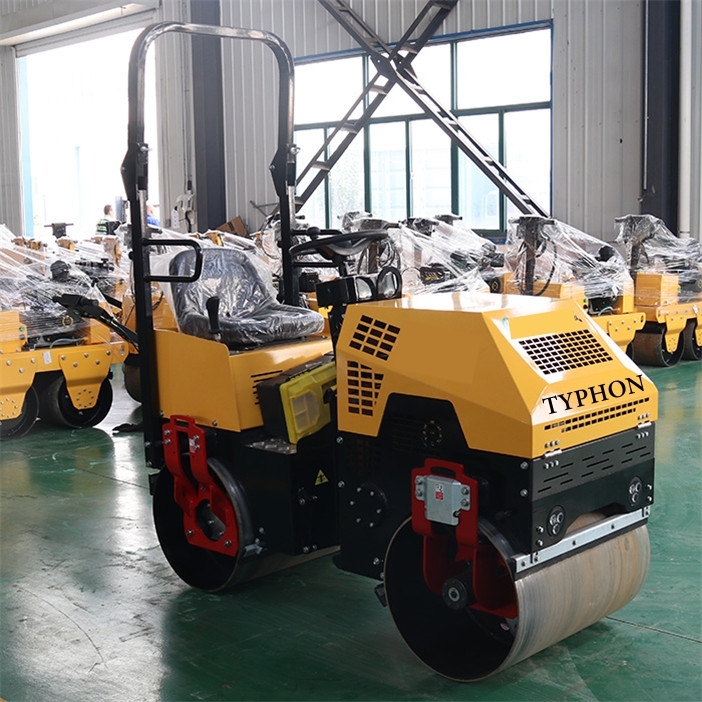Compaction of coarse-grained soil or gravely soil makes extensive use of vibratory rollers. Raising the degree of efficiency of soil for the construction of a strong structure mostly depends on the vibratory soil compactor choice. Granular soils, for instance, need vibrating rollers or plates. In cohesive soils, a pad-foot vibratory roller or a rammer is most recommended.
Different techniques, including static, impact, kneading, and rolling, allow one to accomplish compaction of the soil. One may roll utilizing many kinds of roller equipment.
Rolling effect – One rolls a hefty cylinder over the ground. On sports grounds, it is quite popular. Often connected with vibratory devices, roller- compressors are used in:
What is compaction? Why is it required?
In vibrating rollers, one or more eccentric weights revolving on one shaft generate vibrations centered at the drum. Changing the weight size allows one to create various amplitudes. Under this kind of technology, the drum will vibrate in circular amplitude, producing revolving motion. Density comes from vibrations produced by a drum striking the ground. Working speeds of 2.0 to 6.0 km/h will provide the greatest results for vibratory compactors; thus, the machine should be able to go forward and reverse with vibration, thereby obtaining better results.
01. Towed Vibratory Roller:
The roller weights 4.0 to 6.0 tons; nevertheless, there is a heavy-duty roller weighting even 15 tons that the tractor or shovel can pull. The hefty roller helps to improve the layer depth to be compacted and output capacity.

02. Self Propelled Roller:
Two tires at the back end and a steel drum define a self-propelled roller. The roller weights between 8.0 and 12.0 tons. One may ballast roller with steel, moist sand, or water. The hydraulic motor that is a part of the drum drive generates traction force.

03. Tandem Vibratory Roller:
Two steel drums—one at the front axle and another at the rear end—form tandem vibratory rollers. Roller moves on both the drums and has vibration. Two steel drums vibrate to consolidate the material, while this roller compacts newly laid asphalt matting to specified densities.

04. Combination Roller:
The combining roller consists of pneumatic tires at the back end and a vibrating drum on the front axle. While compacting asphalt road and semi-coherent material, maximum density and smoothness are obtained with this compaction technique. For bituminous projects, this roller is the best one.

05. Duplex Drum Roller (Walk behind Drum Roller):
Applications for a variety of soil and asphalt compaction are possible with a duplex drum roller. Its extremely small form and excellent operator view at every angle enable exact work close to walls and sidewalks.
06. Light Tandem Roller :
There are several different compaction operations for which this kind of roller fits. E.g., shoulder compaction; approach roads and paths. The roller’s static weight range is from 0.9 to 1.5 tons.
Characteristics of Vibratory Roller:
01. One may get better compaction.
02. One may work with compaction up to further depth.
03. Rotation of an eccentric shaft within generates vibrations.
04. Compacting asphalt concrete work and granular foundation courses is accomplished using rollers.
The roller’s gross weight is from 4 to 8 tons.
Best results come from roller 2.0 to 6.0 km/h working speed.
ARE YOU LOOKING FOR CONSTRUCTION MACHINERY?
Please check our website: https://typhonmachinery.com/store





